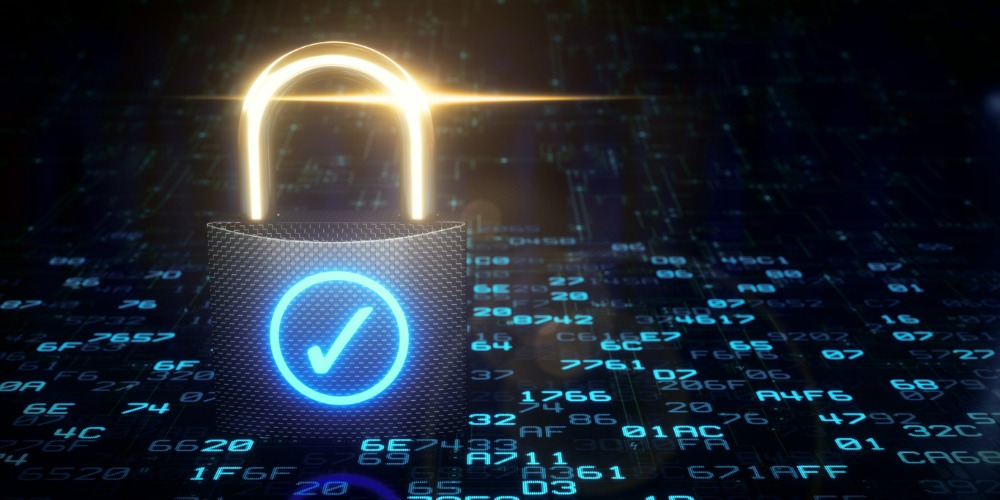The new mobile app Pokémon Go has taken the world by storm, attracting almost 21 million daily active users in the United States within the first five days alone.
Pokémon Go has become wildly popular in a short amount of time, creating an onslaught of potential cyber security concerns for businesses that must now revisit their technology practices.
Cyber attackers are finding new ways to access sensitive data stored on mobile devices, which now includes location and user data collected by Pokémon Go, posing a serious threat to business security.
This post will provide some background on Pokémon Go, the security threats associated with downloading the app, and how businesses can protect themselves using best practices.
Secure Mobile Devices
Businesses, especially those with a bring your own device (BYOD) policy, must be aware of all potential risks that come with downloading Pokémon Go. Personal devices that host critical data could be detrimental in the case of a breach, so it is vital for employers to encourage stronger security on mobile devices.
Users who log into the Pokémon Go app using their Google account credentials not only grant access to camera and location data, but also surrender access to their email account, photos, online documents and other sensitive data such as contacts, keystrokes and text messages.
To safeguard your business’s critical data and assets, instruct employees who use the Pokémon Go app to take the following actions on their devices:
- Install anti-malware software. Prevent and detect malicious programming on your device or IT system.
- Only download the official version. Avoid third-party sites and only download the Pokémon Go app from Apple’s App Store or the Google Play Store, which do not allow malware-infested apps.
- Read user agreements. Take note of what permission you are granting the application and read the fine print thoroughly before accepting the terms.
- Revoke unnecessary permission. Limit what data you share with the application in your smartphone’s settings.
Protect Business Networks
Considering the risks associated with Pokémon Go, a strong data and IT security plan is a necessity. Businesses must prevent hacking and protect sensitive data by securing networks and systems. To safeguard valuable assets, businesses should:
- Conduct regular security audits to ensure security equipment is working properly.
- Grant access to confidential information to only the necessary individuals.
- Install appropriate firewall and malware software.
- Use a secondary network to isolate critical data.
- Work with a professional service to install and monitor network security.
Security Awareness and Training Program
Businesses can further reduce risks and secure data through employee awareness and training. Conduct meetings to educate employees on security best practices and keep them up to speed on the latest software. The businesses that invest in employee training will be more conscious of and better protected from threats.
To ensure employees understand the potential risks posed by Pokémon Go and other viral mobile games, set guidelines such as:
- Create a separate email account solely for the game. Secure business data by instructing employees to use an account other than their corporate email address.
- Only play during designated breaks. Ensure employees are staying on task and balancing work with entertainment.
- Set strong passwords on all devices storing business data. Keep devices secure with unique passcodes for added protection.
- Update smartphone operating systems regularly. Improve security by regularly updating to the latest software on all devices.
Pokémon Go is an exciting new trend for people of all ages. Even with improved security tweaks, many people are still skeptical of the application. However, with the right security protection, employees can still have fun without compromising a business’s critical data.
To ensure your business is properly protected from the app’s risks, work with a reliable security vendor to design, install and implement an optimal protection plan.
Image Source: Eduardo Woo



